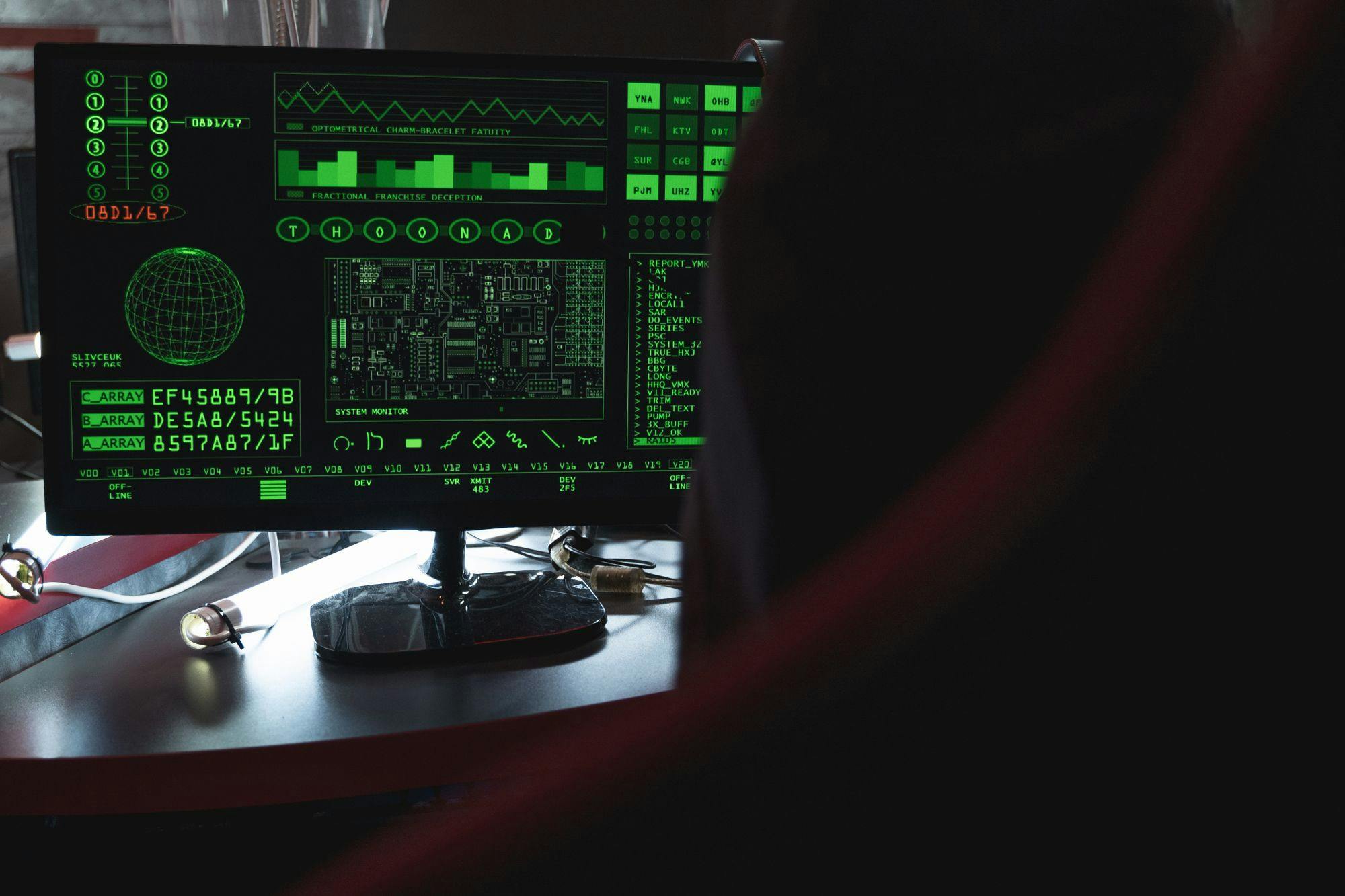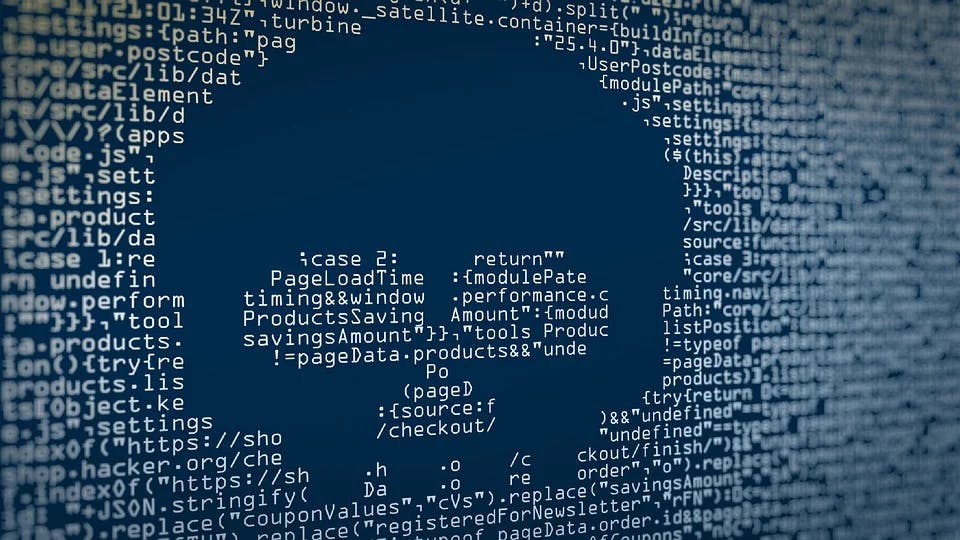
Companies worldwide have taken critical steps to secure their digital channels in the last few years. It is not a surprise that the growth of connected devices has increased security concerns. Every day, billions of devices are interconnected, making it possible - eventually - for anyone that can hack into your coffee maker and then access your entire network.
The interconnectivity has made businesses worldwide more prone to different security threats, minor to major. In addition, data sharing and privacy are becoming another concern. These issues are growing exponentially because of the abundant number of interconnected devices. Thus, some businesses store massive amounts of information generated by these devices. Hence, they need to find a method to store the data securely while safely accessing, tracking, and analyzing the enormous amounts of data for better decision-making.
Recently the increase of cyber-attacks has shown us that security and risk management should not be taken lightly. The connectivity of devices will allow computer hackers to create chaos through interconnected devices. For example, new cars can now be hijacked by their Wi-Fi connections, and this becomes a real threat when a group of hackers can hack an automated driving vehicle when it becomes popular. The danger is so severe that even high intervention agencies have to be involved in this process to guarantee privacy and security safeguards in new Internet-connected devices.
Typically, malicious actors seek unauthorized network access by finding exploits in non-critical systems such as network devices or web services. These systems tend to be less protected than critical systems and are less often patched or updated. After gaining access to a vulnerable system, the actor performs later movements to access high-value assets.
What is cybersecurity all about?
In a business, the people, processes, and technology must complement one another to effectively defend against emerging cyber-attacks. While creating a successful cybersecurity approach, we create multiple layers of protection spread across the computers, networks, programs, or data that one intends to keep safe. A unified threat management system is the critical security for the following operations functions: detection, investigation, and remediation.
After all, cybersecurity refers to the body of technologies, processes, and practices designed to protect networks, devices, programs, and data from any type of attack, damage, or unauthorized access.
Why is cybersecurity critical?
A cybersecurity attack can affect us at any individual level, from identity theft to extortion attempts, to the loss of essential data, among many others. As end-users, citizens, and organizations, we rely heavily on critical infrastructures like power plants, hospitals, and financial service companies; securing these infrastructures is vital to keep our society safe and functioning. Undoubtedly, everyone benefits from advanced cyber defense programs in today's connected world.
With the global cyber threats rising to several data breaches each year, it is easy to understand that things have been escalating pretty quickly. A report by RiskBased Security revealed that a shocking 7.9 billion records had been exposed by data breaches in the first nine months of 2019 alone, proving what many companies have been facing in the last years. In addition, the number of records exposed in the same period in the previous year is more than doubled (112%).
Healthcare services, retailers, and public entities are the ones that experienced the most breaches, with malicious criminals responsible for most incidents. You might wonder why? Because these sectors are more appealing and prone to cybercriminals because they collect financial and medical data. All businesses that use networks can be targeted for customer data, corporate espionage, or customer attacks.
Let's look at three significant pillars of the market; users, organizations, and technology, and learn how we can employ some fundamental elements to increase our cyber security!
Users
Users must understand and comply with basic cybersecurity principles like:
- choosing strong and unique passwords for each service;
- being wary of attachments in emails, even from known sources;
- backing up data regularly;
Organizations
Companies must have the role of Chief Security Officer in place and a well-respected framework to deal with both attempted and successful cyber-attacks that explain how you can:
- protect systems, including network and device segregation;
- reduce attack vectors by performing regular security audits;
- identify attacks;
- detect and react to threats, and quickly recover from successful attacks;
Technology
Technology is essential to give organizations and individuals the computer security tools needed to protect themselves from cyber-attacks.
Three main entities must be protected:
- endpoint devices like computers, smart devices, and routers;
- networks;
- the cloud;

Photo credits: Elchinato
There are three types of threats countered by cybersecurity:
- Cybercrime: consists of single actors or groups targeting systems for financial gain or to cause disruption.
- Cyber-attack: It usually involves politically motivated information acquisition.
- Cyberterrorism: is intended to sabotage electronic systems to cause panic or fear.
So, how do these hackers gain control of computer systems?
Here are the eight most common methods used to threaten cybersecurity:
1. Phishing
Phishing consists in sending fraudulent emails that resemble emails from reputable sources. It is the most common type of cyber attack. The intention is to steal sensitive data like credit card numbers and login information. You can protect yourself by learning about the concept or a technology solution that filters malicious emails.
2. Ransomware
Ransomware is a type of malicious software. It is designed to extract money by encrypting the files or hard drives until the ransom is paid. Paying the ransom does not guarantee that the files will be recovered or the system restored.
3. Malware
Malware is a type of software designed to gain unauthorized access or to cause damage to a computer.
4. Social engineering
It consists of a tactic that opposers use to trick the person into revealing their sensitive information. It can be a request in monetary payment or just to gain access to your confidential data. It can also be the combination of these threats for you to probably click on links, download malware, or trust a malicious source.
5. Insider threats
Anyone who has had access to the company systems or networks in the past can be considered an insider threat if they abuse their access permissions. These can be invisible to traditional security solutions like firewalls and intrusion detection systems, focusing on external threats.
6. Distributed denial-of-service (DDoS) attacks
It attempts to crash a server, website, or network by overloading traffic, usually from multiple coordinated systems, usually botnets. DDoS attacks overwhelm enterprise networks via ping floods, packet floods, or request floods.
7. Advanced persistent threats (APTs)
In an APT, an intruder or group of intruders infiltrate a system and remain undetected for an extended period. The intruder leaves networks and systems intact so that they can spy on business activity and steal sensitive data while avoiding the activation of defensive countermeasures.
8. Man-in-the-middle attacks
It is an eavesdropping attack, where the intruder intercepts and relays messages between two parties to steal data. For example, an attacker can intercept data being passed between a guest's device and the network on an unsecured Wi-Fi network.
In conclusion, these threats are happening every day with considerable impact on businesses worldwide. The first step for any organization is to equip itself with updated knowledge about these malicious attacks and understand how they can harm its operations. The second step is to educate and equip themselves with the latest cybersecurity software to detect such potential attacks and protect the enterprise data and users' data. This is easier said than done! Sometimes organizations do not take this matter seriously until the damage is done, which can be dreadful!